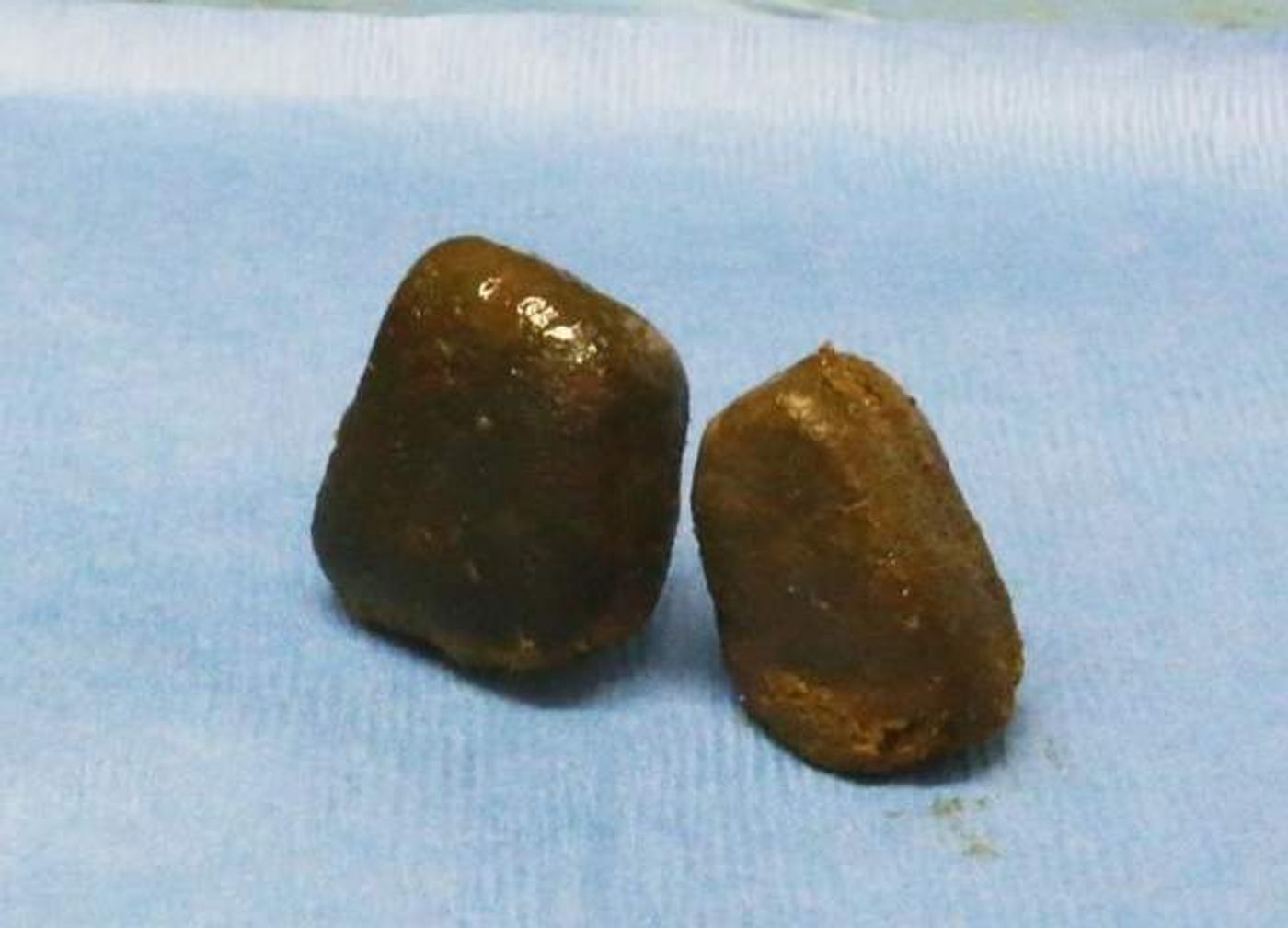Scientists Discover Why Wombat Poop Takes a Cubic Shape
Defecation is a natural process that occurs in all living animals. The majority deposit fecal matter in the shape of rounded pellets, tubular strands, or shapeless heaps; but for whatever reason, wombats leave behind a cubically-shaped remnant of their last meal.
Image Credit: P. Yang and D. Hu/Georgia Tech
Modern science isn’t aware of any other species in the animal kingdom, that excretes cubic poo pellets as wombats do. Given the peculiar circumstances, it shouldn’t come as much of a surprise that researchers have been particularly fascinated about why that’s the case; this curiosity drove researchers to learn more about what makes wombats so different.
The research, conducted by an international team of researchers led by Patricia Yang from the Georgia Institute of Technology, was presented this weekend at an American Physical Society meeting in Atlanta, Georgia. The findings revealed several key aspects concerning the wombat’s mysterious cubic poop.
After tirelessly analyzing the digestive systems of deceased wombats that were euthanized following traffic accidents in Tasmania, the researchers recognized some somewhat unusual circumstances involving the intestines. More specifically, varied elasticity nearing the end of the intestinal tract could explain the cubic nature of wombat feces.
Related: The majority of mammals take just 12 seconds to defecate
To reach this conclusion, the researchers inserted a specialized balloon into the wombat-centric digestive tracts and inflated it to discern how the intestines would take to the shape of the aired-up balloon. They then compared their results with pig intestines, and that’s when they happened upon the surprising differences.
As it would seem, the final stretch of the wombat intestines differed from the pig intestines because it exhibited varied elasticity, which is where some parts of the intestinal tract don’t stretch to fit what’s inside. Given the circumstances, the final stretch of the wombat intestine would have compressed and shaped to the cubic poo deposits before they left the body.
But is there any evolutionary benefit to excreting cubic poop over the other shapes that are ordinarily seen in mammals? Theoretically, yes; cubic poop doesn’t roll away as easily, which makes marking territory (especially in slanted or hill-prone environments) easier.
This is the first study where researchers have been able to explain the cubic nature of wombat feces. But for Yang, a mechanical engineer, the findings are much more significant than that.
"We currently have only two methods to manufacture cubes: We mold it, or we cut it. Now we have this third method," Yang said. "It would be a cool method to apply to the manufacturing process – how to make a cube with soft tissue instead of just molding it."
Given what we’ve learned from how the wombat intestines form cubic feces, Yang believes that it could inspire new methods for manufacturing cube-shaped objects. Whether that’s the case or not, only time will tell.
Source: BBC, Popular Science, APS









